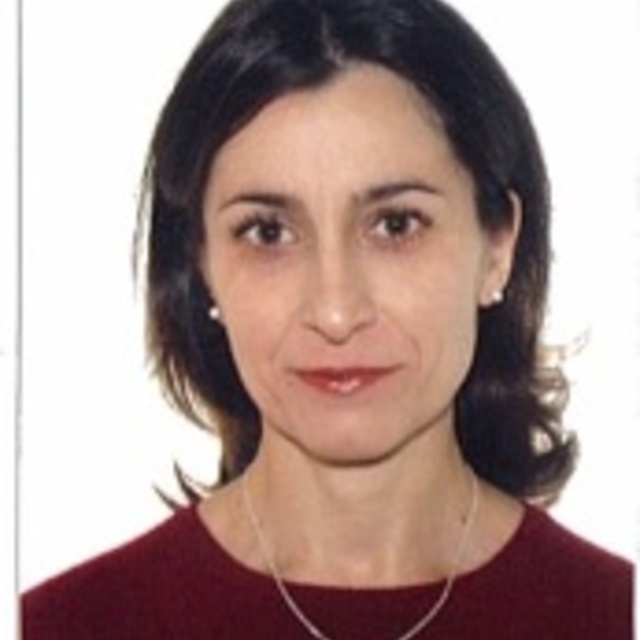May
2013
•
2013A&A...553A..96D
Authors
•
Delabrouille, J.
•
Betoule, M.
•
Melin, J. -B.
•
Miville-Deschênes, M. -A.
•
Gonzalez-Nuevo, J.
•
Le Jeune, M.
•
Castex, G.
•
de Zotti, G.
•
Basak, S.
•
Ashdown, M.
•
Aumont, J.
•
Baccigalupi, C.
•
Banday, A. J.
•
Bernard, J. -P.
•
Bouchet, F. R.
•
Clements, D. L.
•
da Silva, A.
•
Dickinson, C.
•
Dodu, F.
•
Dolag, K.
•
Elsner, F.
•
Fauvet, L.
•
Faÿ, G.
•
Giardino, G.
•
Leach, S.
•
Lesgourgues, J.
•
Liguori, M.
•
Macías-Pérez, J. F.
•
Massardi, M.
•
Matarrese, S.
•
Mazzotta, P.
•
Montier, L.
•
Mottet, S.
•
Paladini, R.
•
Partridge, B.
•
Piffaretti, R.
•
Prezeau, G.
•
Prunet, S.
•
Ricciardi, S.
•
Roman, M.
•
Schaefer, B.
•
Toffolatti, L.
Abstract
•
We present the Planck Sky Model (PSM), a parametric model for generating all-sky, few arcminute resolution maps of sky emission at submillimetre to centimetre wavelengths, in both intensity and polarisation. Several options are implemented to model the cosmic microwave background, Galactic diffuse emission (synchrotron, free-free, thermal and spinning dust, CO lines), Galactic H ii regions, extragalactic radio sources, dusty galaxies, and thermal and kinetic Sunyaev-Zeldovich signals from clusters of galaxies. Each component is simulated by means of educated interpolations/extrapolations of data sets available at the time of the launch of the Planck mission, complemented by state-of-the-art models of the emission. Distinctive features of the simulations are spatially varying spectral properties of synchrotron and dust; different spectral parameters for each point source; modelling of the clustering properties of extragalactic sources and of the power spectrum of fluctuations in the cosmic infrared background. The PSM enables the production of random realisations of the sky emission, constrained to match observational data within their uncertainties. It is implemented in a software package that is regularly updated with incoming information from observations. The model is expected to serve as a useful tool for optimising planned microwave and sub-millimetre surveys and testing data processing and analysis pipelines. It is, in particular, used to develop and validate data analysis pipelines within the Planck collaboration. A version of the software that can be used for simulating the observations for a variety of experiments is made available on a dedicated website.
Links




